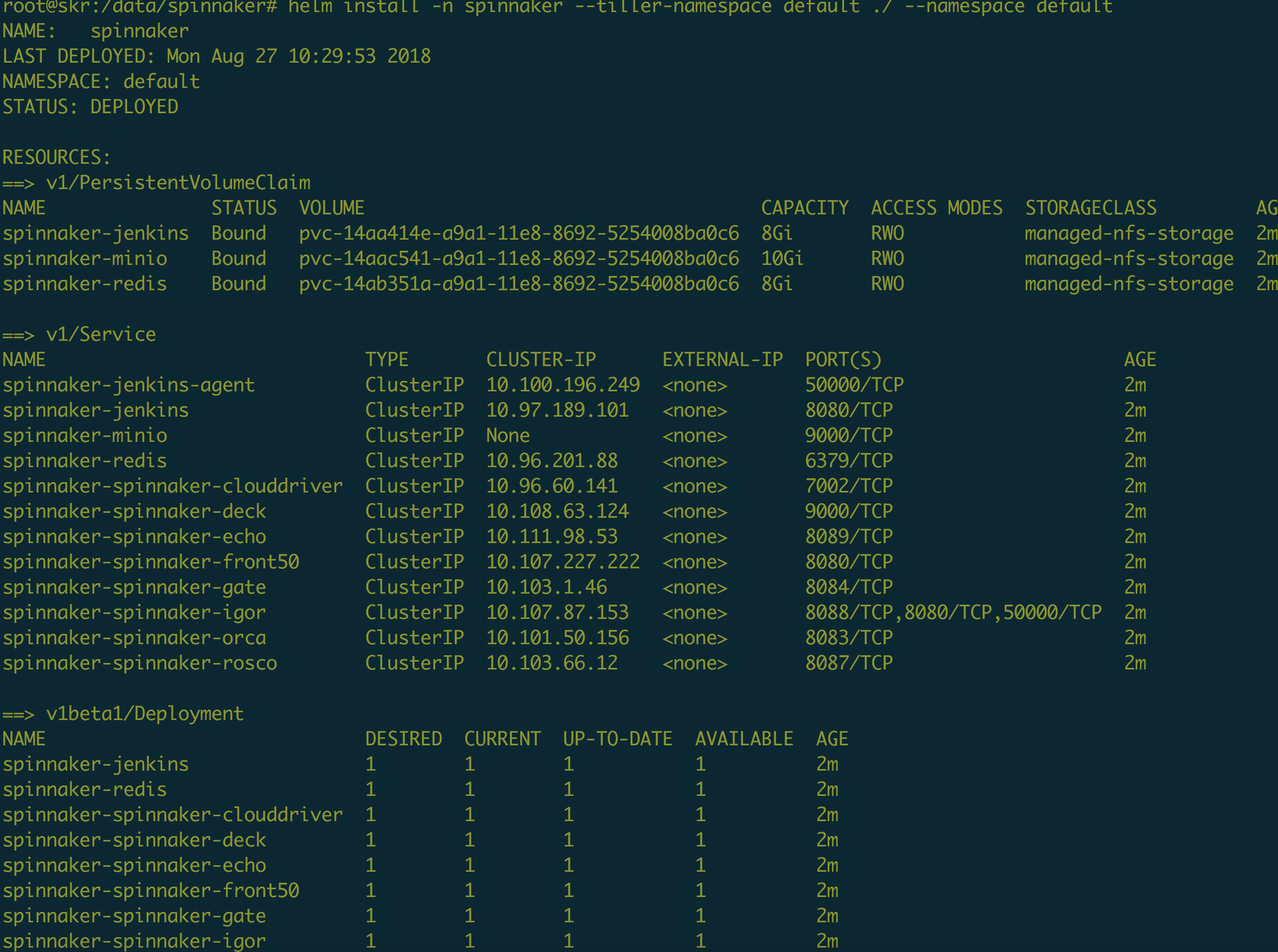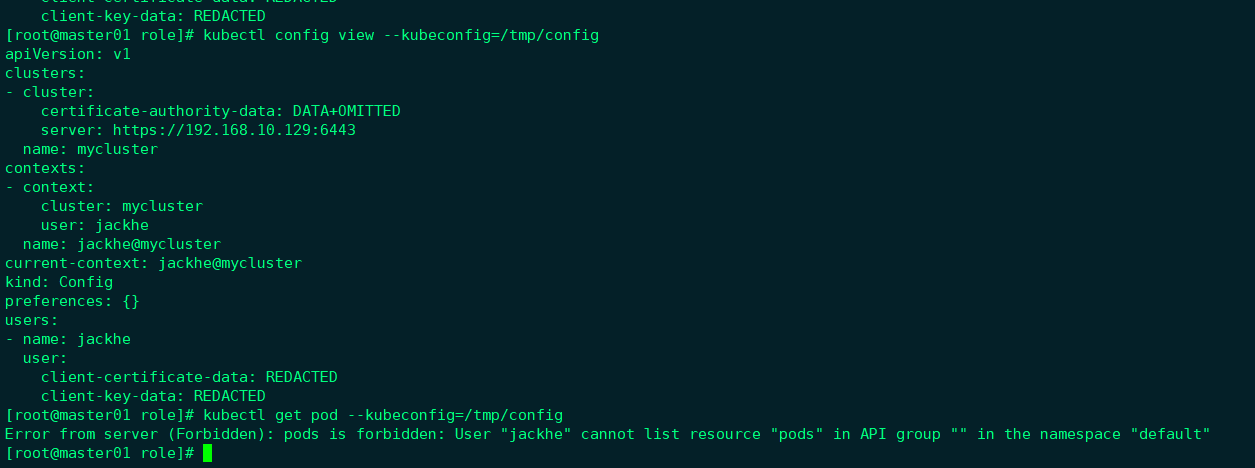

- #Kubectl list contexts install#
- #Kubectl list contexts upgrade#
- #Kubectl list contexts password#
- #Kubectl list contexts download#
- #Kubectl list contexts windows#
Kubectl is used to deploy different objects supported in a Kubernetes cluster. If you want kubectl to use a specific namespace and save it for all subsequent kubectl commands in that context: $ kubectl config set-context -current -namespace= Creating Objects If you want to embed client certificate data in the “cluster-admin” entry, syntax changes to: $ kubectl config set-credentials cluster-admin -client-certificate=~/.kube/admin.crt -embed-certs=true

#Kubectl list contexts password#
Or, as another example, to set basic auth for, say “cluster-admin” entry, you can specify username and password as: $ kubectl config set-credentials cluster-admin -username= -password= To authorize a new user to be added in kubeconf: $ kubectl config set-credentials NAME įor example, to set only the “client-key” field on the “cluster-admin” without touching other values, we can use: $ kubectl config set-credentials cluster-admin -client-key=~/.kube/admin.key We can change the context in use by using: $ kubectl config use-context To get current context for kubectl: $ kubectl config current-context To list all available contexts: $ kubectl config get-contexts To view kubectl current configuration, use: $ kubectl config view It can be done with kubectl command itself. The general syntax for kubectl usage is: $ kubectl Set Context and Configurationīefore using kubectl commands on a Kubernetes cluster, we have to set the configuration and context first. To check your kubectl setup, you can run the version command as: $ kubectl version -client
#Kubectl list contexts download#
If you don’t have curl on your system, you can also download the kubectl executable using your browser like any other download.įor other supported methods and platforms, you can find the official guide to get kubectl here.

#Kubectl list contexts windows#
On a Windows box, you can download the latest available kubectl version by first getting the latest stable release version from Īnd then download it by replacing /bin/windows/amd64/kubectl.exeįor v 1.20.0, here’s the curl command: $ curl -LO Make sure to place the downloaded binary to a fixed location, add the location to your PATH variable and make it executable with chmod +x command. On a Linux system, you can use the below command to get the latest version of kubectl: $ curl -LO "$(curl -L -s )/bin/linux/amd64/kubectl"
#Kubectl list contexts install#
In case you’re managing a cluster from a remote system, you can easily install it to work with any cluster setup. Kubectl is already installed as part of the Kubernetes cluster setup. In this article, we’ll be covering some common kubectl commands that help in day to day administration of Kubernetes. It is supported across different platforms and can be easily set up to manage a cluster. kubectl uses the API interface of Kubernetes to view, control, and manage the cluster. Kubectl is the common CLI tool that we use to query and manage a Kubernetes cluster. Network isolation at Pod level by using annotations $ kubectl annotate ns ", also known as K8S, is a popular container orchestration tool for managing and scaling containerized infrastructure. $ kubectl create rolebinding foo -role=fluent-reader -user=minikube $ kubectl create role fluent-reader -verb=get -verb=list -verb=watch -resource=pods $ curl -H "Content-Type: application/json" -X POST -data Tains and Tolerations $ kubectl taint node master foo=bar:NoSchedule Node Binding through API Server: $ kubectl proxy NodeSelector based policy: $ kubectl label node minikube foo=bar $ kubectl expose deployment ghost -port=2368 IngressĬommands to manage Ingress for ClusterIP service type: $ kubectl get ingress Note: kube-proxy running in the worker nodes manage services and set iptables rules to direct traffic. List DNS-PODs: $ kubectl get pods -all-namespaces |grep dnsĬheck DNS for pod nginx (assuming a busybox POD/container is running) $ kubectl exec -ti busybox - nslookup nginx $ kubectl create secret generic mysql -from-literal=password=rootĬonfigMaps $ kubectl create configmap foobar -from-file=config.js Lits Persistent Volumes and Persistent Volumes Claims: $ kubectl get pv Jump to specific revision $ kubectl rollout undo deployment/DEPLOYMENT_NAME -to-revision=NĮxpose PODs as services (creates endpoints) $ kubectl expose deployment/monkey -port=2001 -type=NodePort
#Kubectl list contexts upgrade#
$ kubectl scale deployment/POD_NAME -replicas=N POD Upgrade and history List history of deployments $ kubectl rollout history deployment/DEPLOYMENT_NAME


 0 kommentar(er)
0 kommentar(er)
